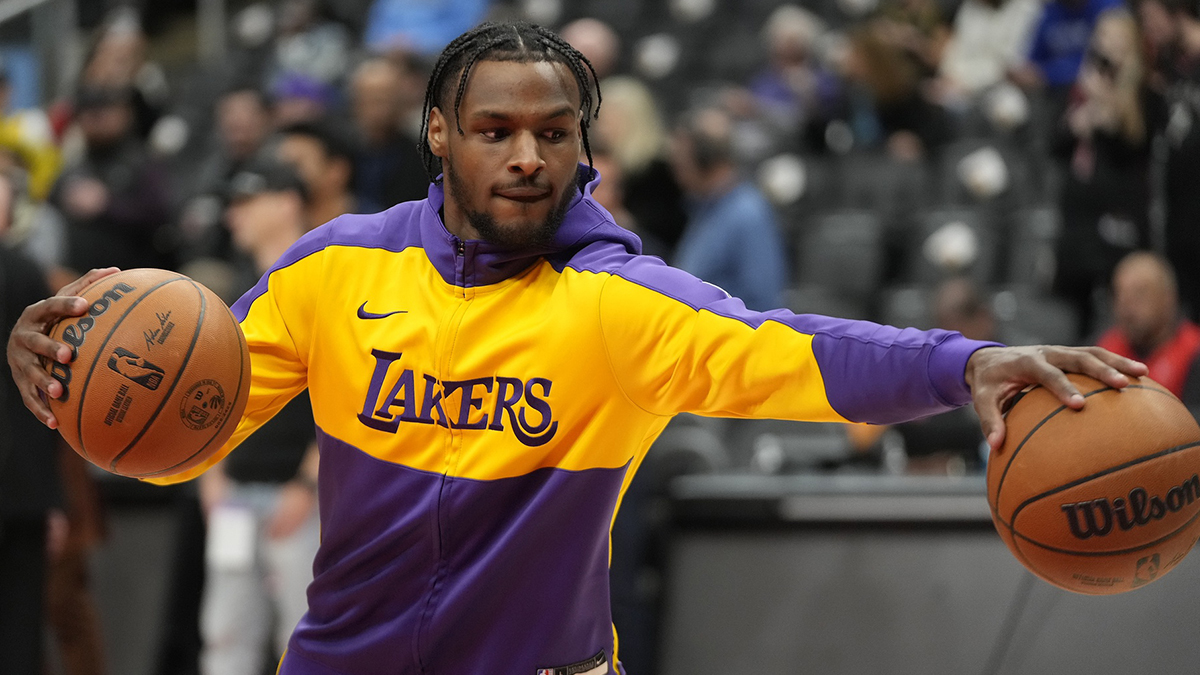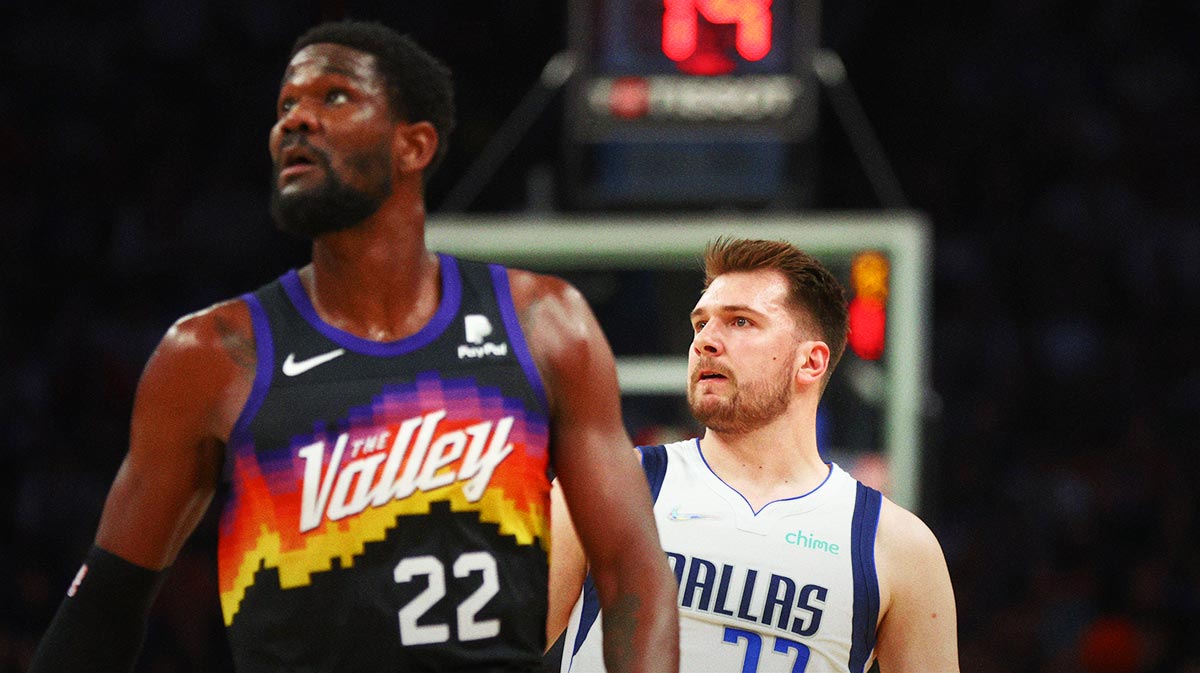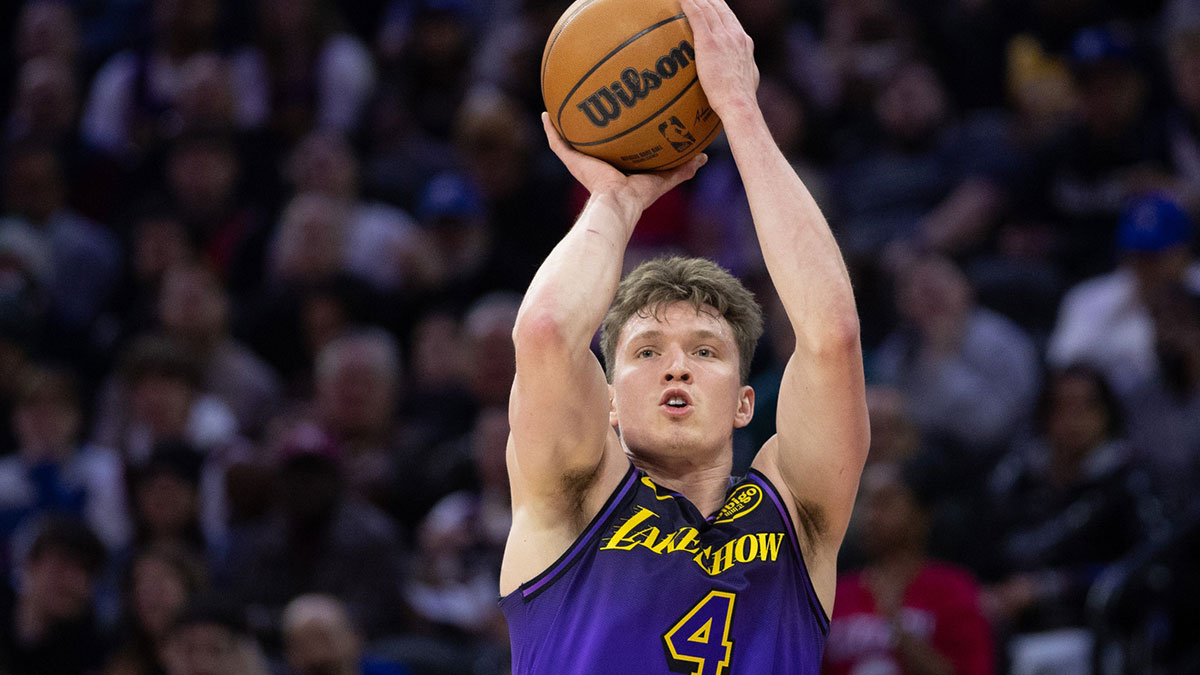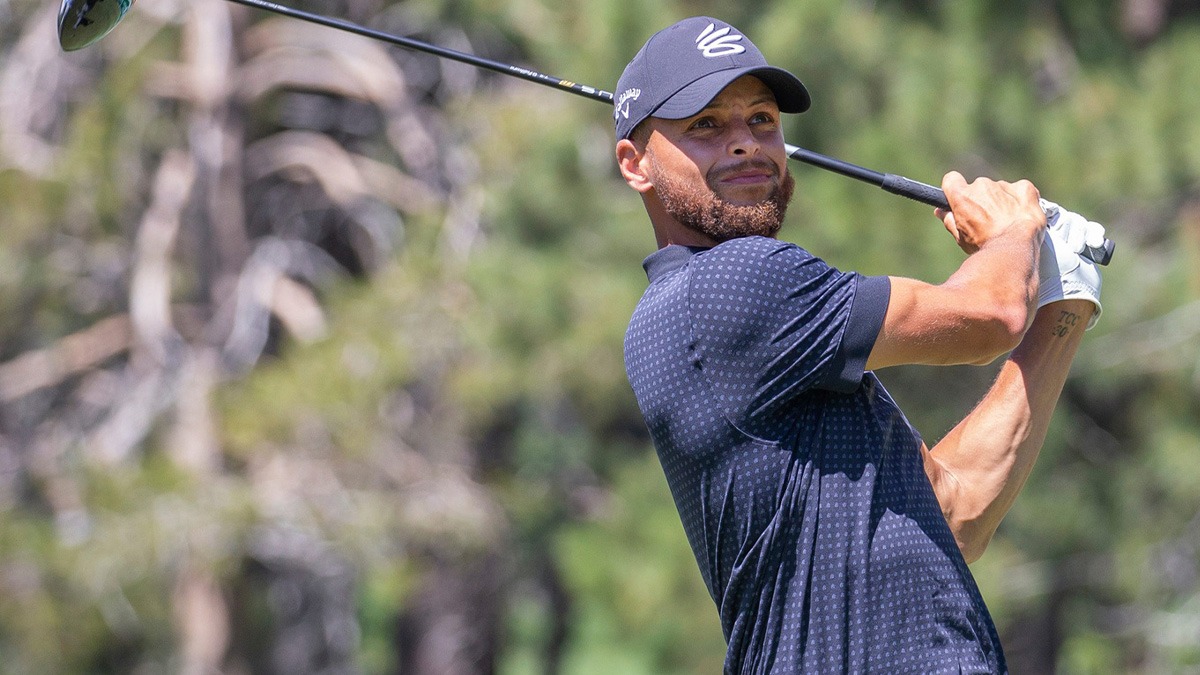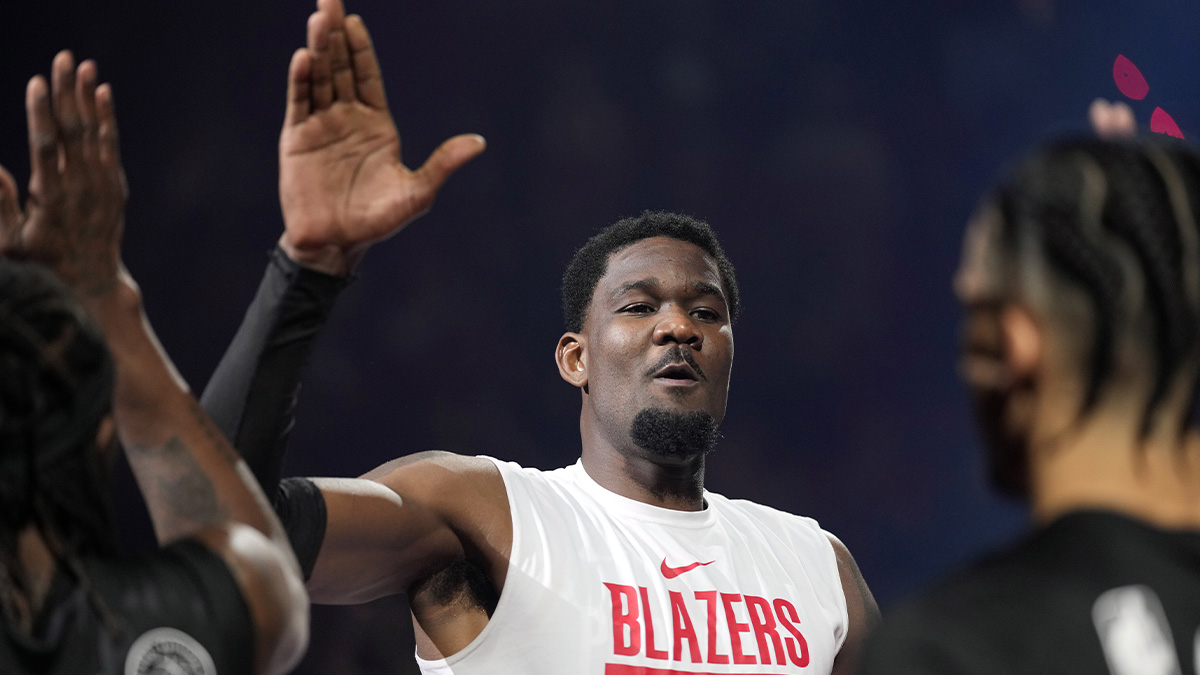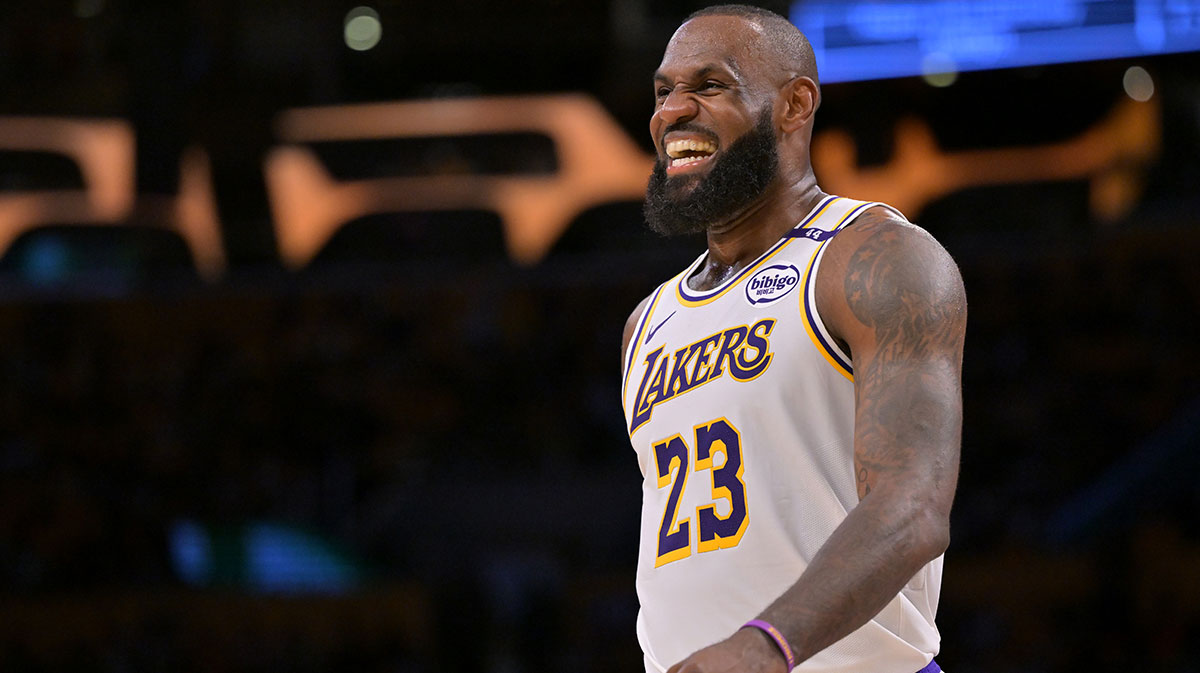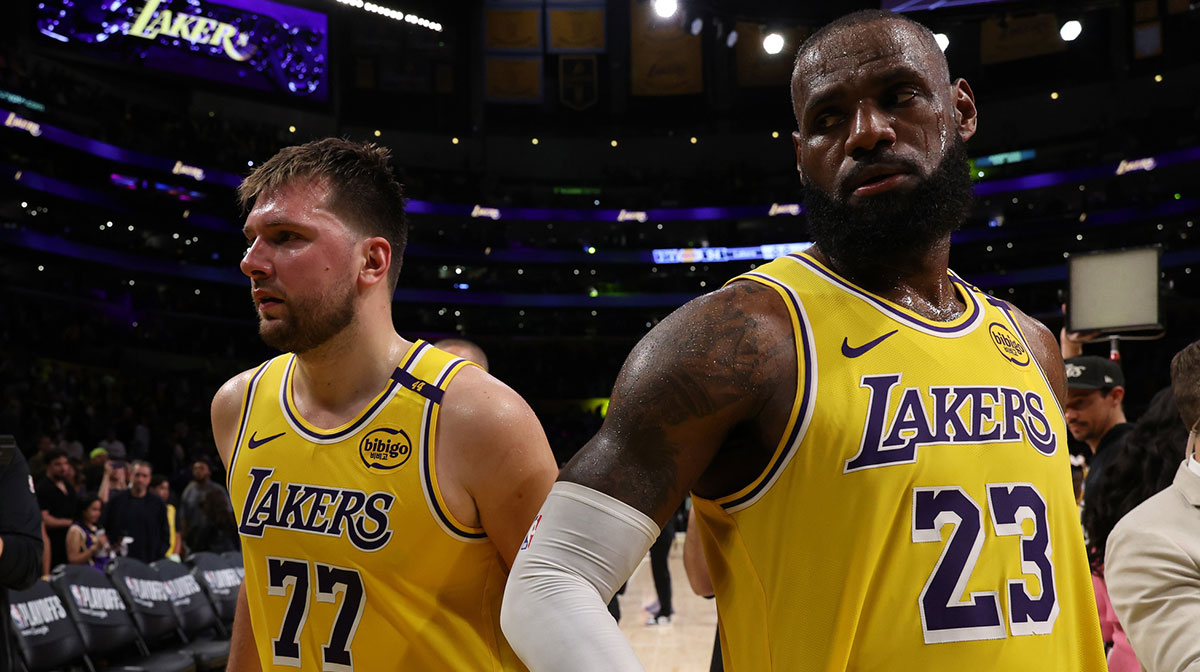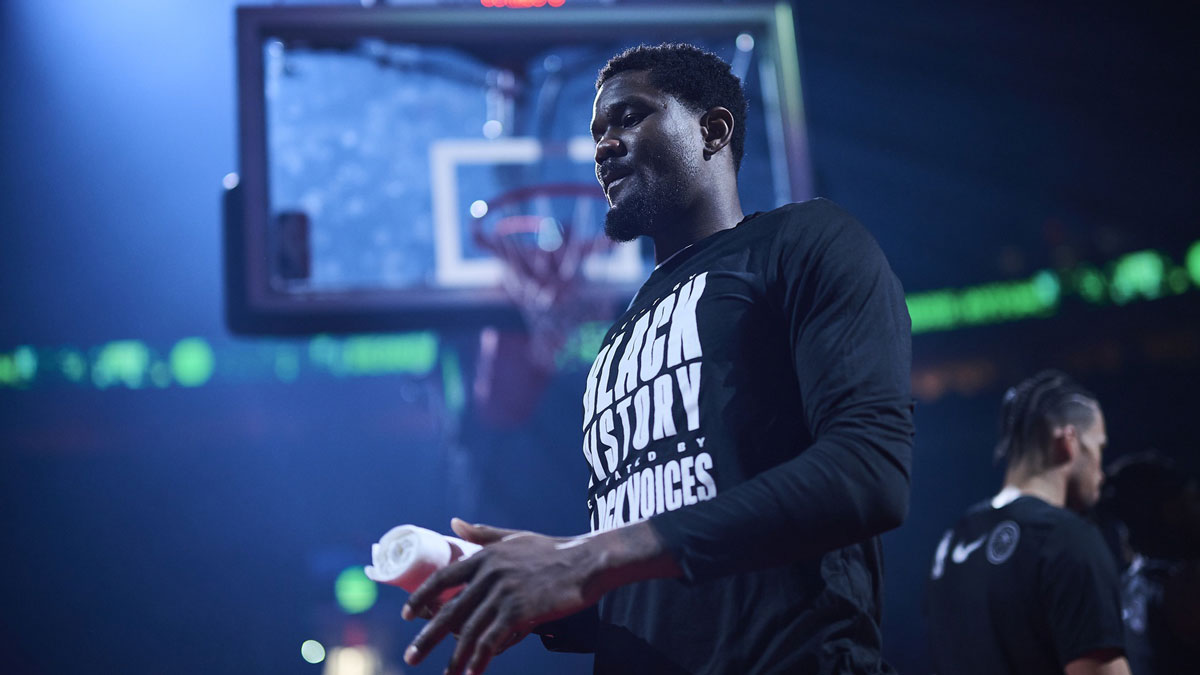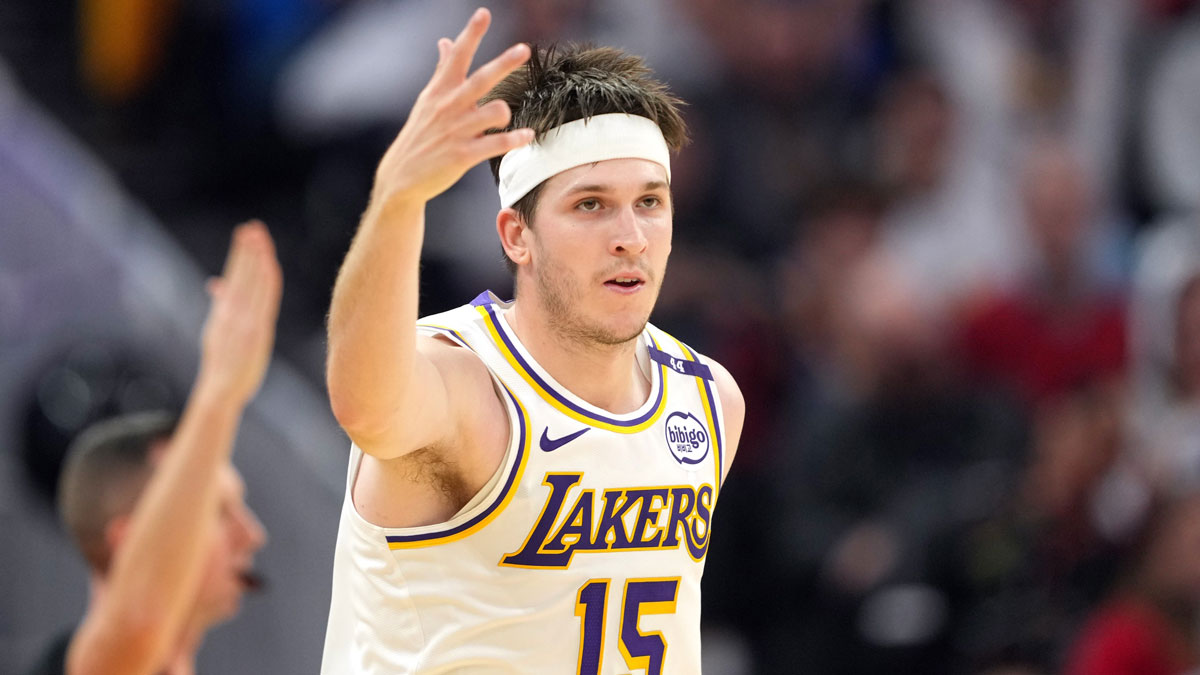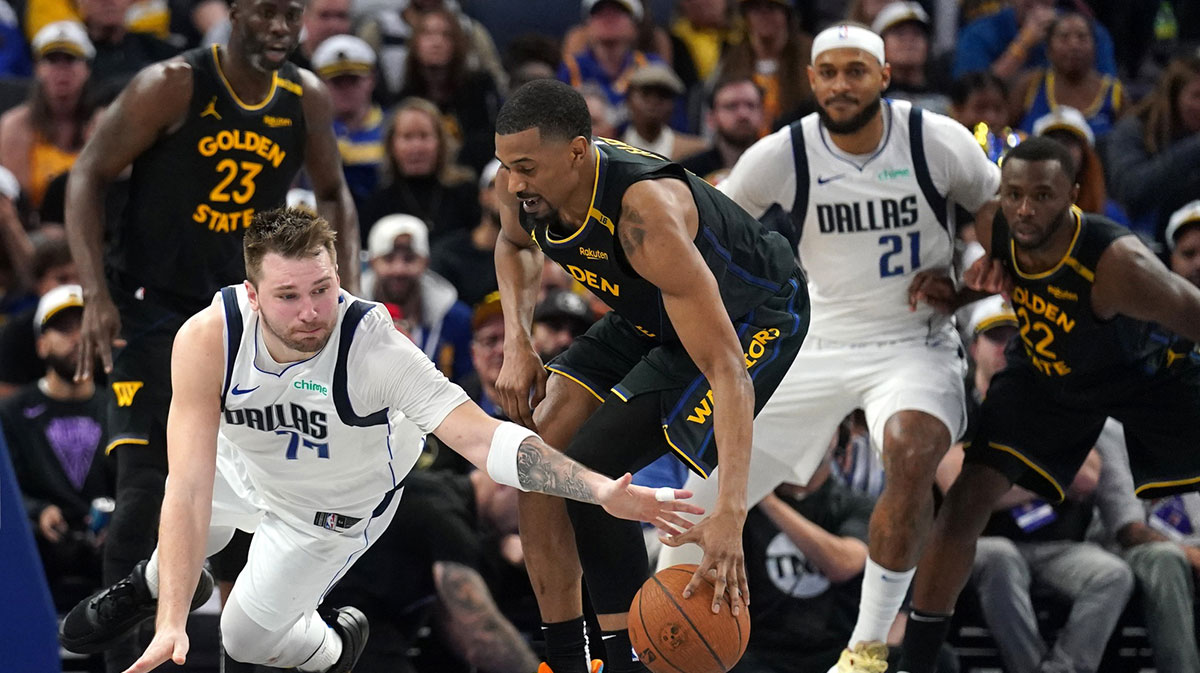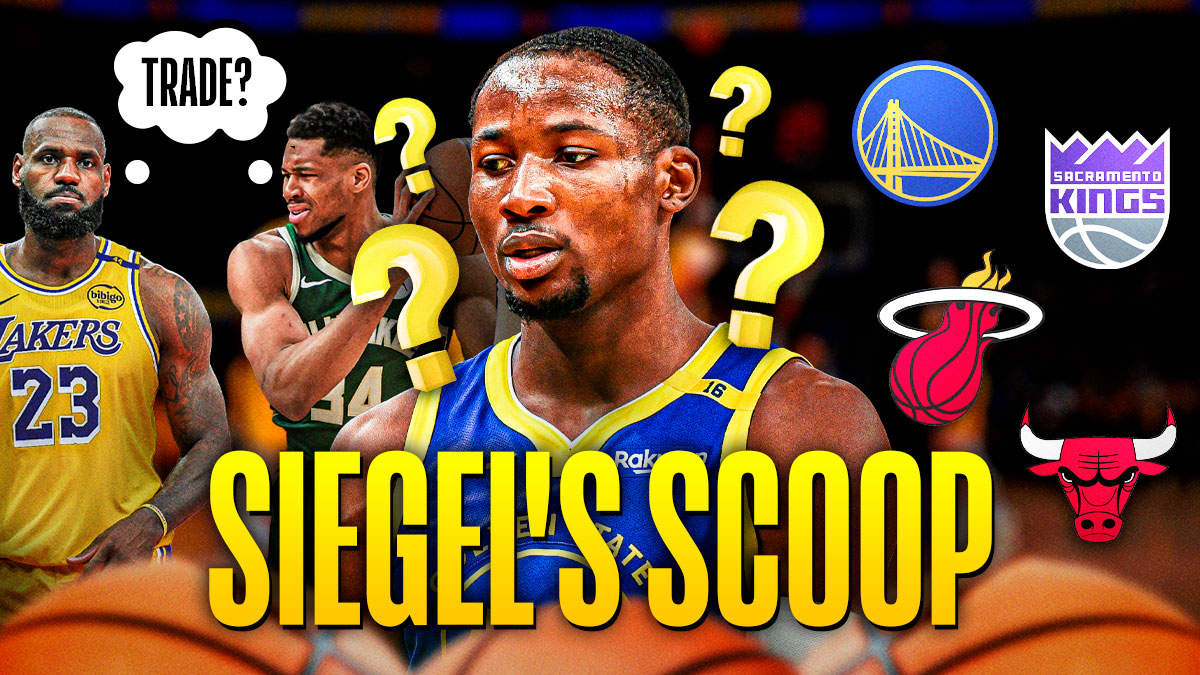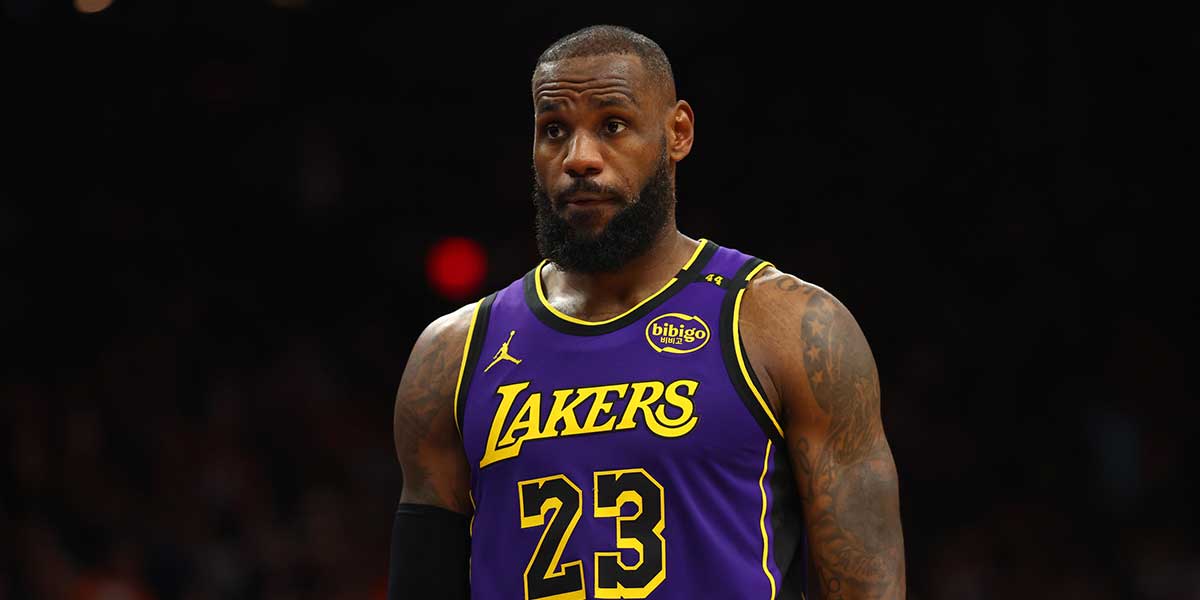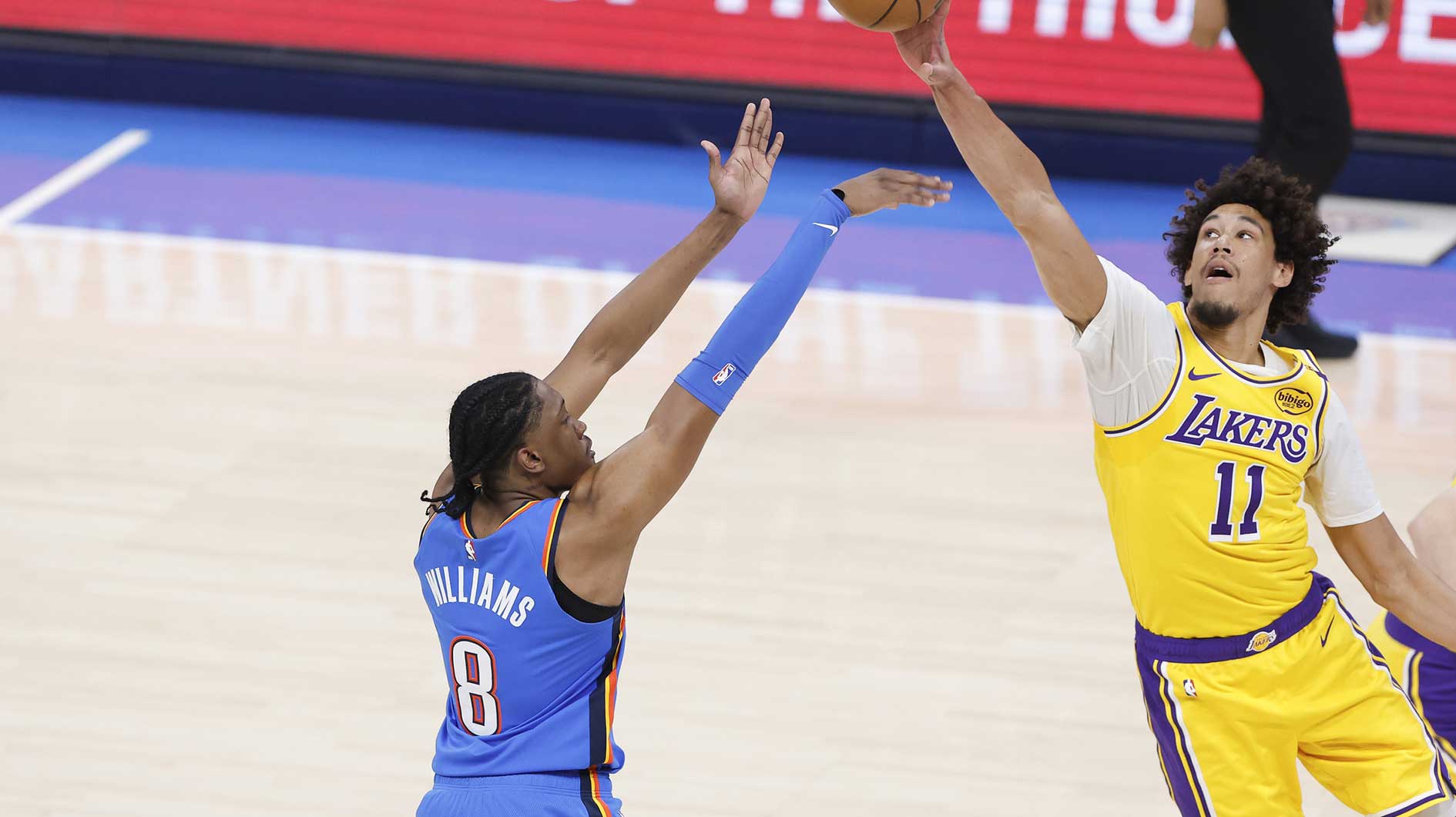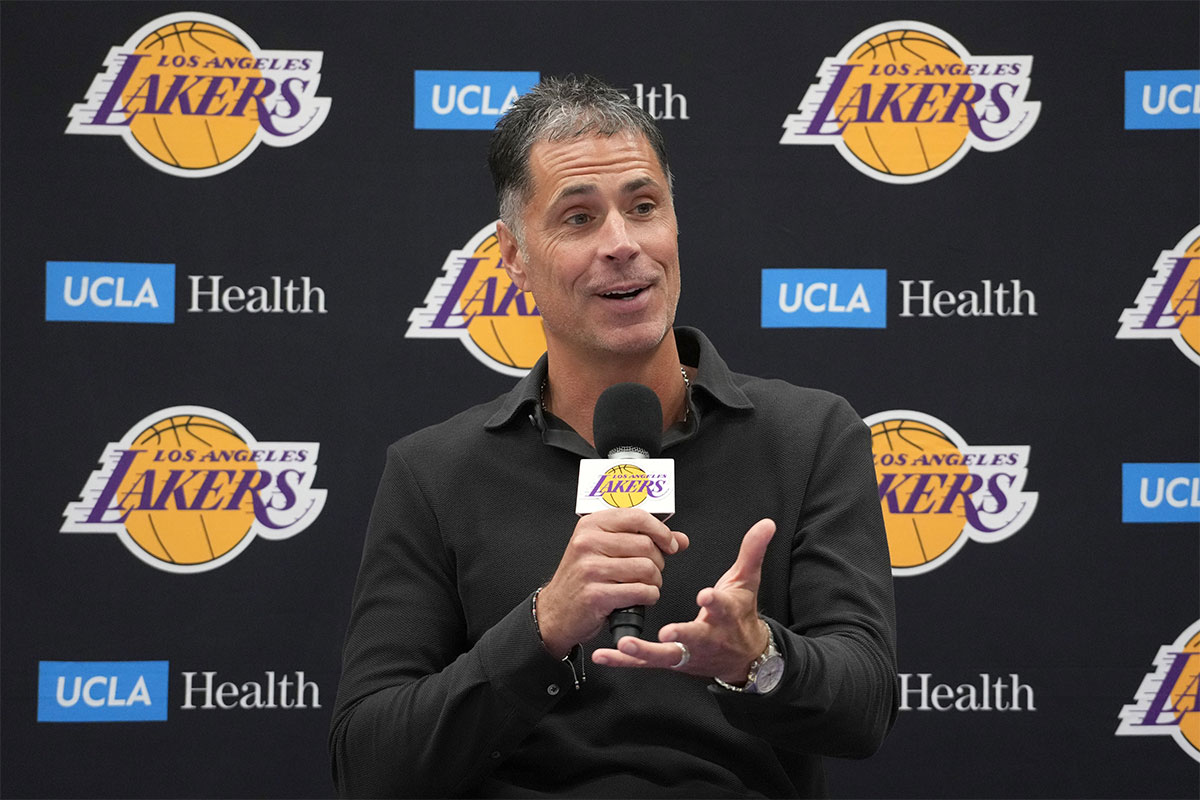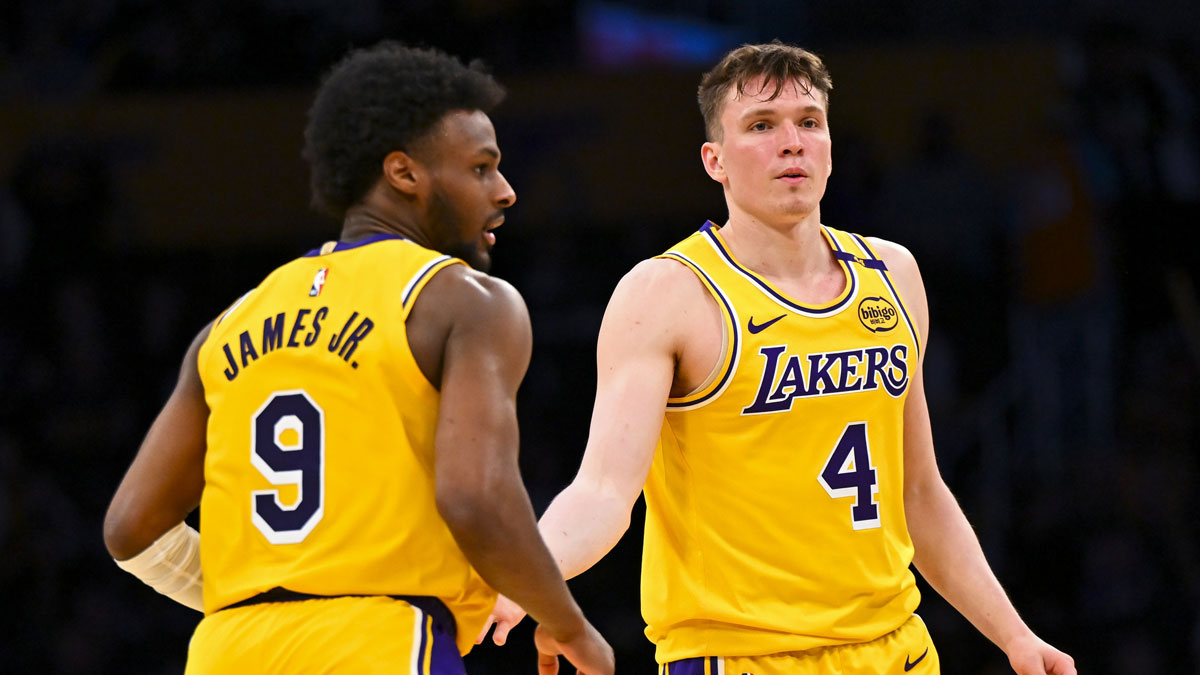What the hell happened? All of a sudden, the Los Angeles Lakers signed LeBron James, easily the greatest player of this generation, if not all time. The team Magic Johnson assembled effectively represents the NBA’s equivalent of the Suicide Squad film.
Not a band of misfits, outcasts, and villains who band together to defeat a greater evil. No. Literally the Suicide Squad movie. A poorly executed, over budget, cluster that never made a ton of sense in the first place. Yet here we find ourselves, staring in on a team with playoff aspirations consisting almost exclusively of boom-or-bust quality players.
With 15 players guaranteed salary on the Laker’s roster, let’s take a moment and review this chaotic offseason from the LA front office.

Let’s get one thing straight right off the bat. The Los Angeles Lakers are one of the two massive winners this offseason. Prying LeBron James away from Cleveland alone was the only litmus test measuring Magic Johnson’s success this offseason. He could (and will) mess nearly everything else up and still call this summer a major success.
What’s more, Magic managed to secure James to a four-year contract, meaning Los Angeles has the flexibility to continue developing young players and running free agent experiments (we’ll call this season’s signings just that, an experiment) without fear of losing James to free agency anytime soon. If the offseason were to have stopped right there, Los Angeles would be crowned the big winners, but instead, we have more to speak about.
There are a few other small successes to address, most remarkably their draft. While Los Angeles’ Summer League headlines were dominated by Josh Hart, the newly drafted rookies stood out. The most NBA ready of the three, Sviat (Svi) Mykhailiuk, looks ready to translate his three-point stroke into regular NBA minutes from day one.
Additionally, his love for old-school hip-hop, namely DMX, should win favor with notable hip-hop old head LeBron James. Svi also shows promise as a two-way player, with passing skills and defensive IQ both on display during his Summer League tilt.
Both of the Laker’s other draft picks should be commended. While both Moritz (Moe) Wagner and Issac Bonga weren’t the biggest summer league standouts, they both represent high upside plays that could pan out well. Wagner projects to be an energy big, putting up some combination of 10 points/10 rebounds a game in limited minutes off the bench.
Bonga, on the other hand, has similar physical attributes and game skills as LeBron James. The 6-foot-9 point forward still needs to develop a reliable shooting stroke, but at only 18-years-old this should come with age. Additionally, Bonga’s 7-foot wingspan projects jim to potentially become an excellent switch defender that can cover the 1-4 positions. While Bonga and Wagner likely won’t contribute this year, they’re strong long-term assets that should mature into respectable bench contributors in years to come.
https://www.youtube.com/watch?v=QO-OklWcYwc
Finally, the Los Angeles Lakers should be lauded for what they didn’t do. Specifically, Los Angeles didn’t trade for Kawhi Leonard and didn’t attempt to unload Luol Deng. The reason? Both would have cost the Lakers a significant portion of their future.
I don’t believe that the young players in Los Angeles are anything particularly special. Ball, Hart, Kuzma, and Ingram are all flawed players in their own way and none of them project as superstars (with only Ingram looking like a potential All-Star in the future). However, the reported cost of dumping the Deng contract is high. Sacrificing two of the young pieces just to dump salary for an already spent market is ludicrous.
Based on the final value of the Kawhi-to-Toronto trade, likely trading for Kawhi and Danny Green would have cost Los Angeles about the same. I’m all for consolidating when trying to win a championship, but giving up substantial assets for a potentially damaged good that openly expressed his desire to play in Los Angeles seems irresponsible for even my fantastical standards.

Unfortunately for the Lakers, selecting well in the NBA draft doesn’t constitute their entire offseason. LeBron James represents the only clearly positive asset the Laker’s acquired this free agency period. Showing a woeful read on both the current league’s meta-game and his best player’s skillset, Magic Johnson’s roster assembly lacks focus and tact.
Thus a team with a strong draft who signed the best basketball player of all time finds experts questioning if this team might even make the playoffs.
Understanding ideal roster constriction starts with a little history lesson. Back in 2001, former Phoenix Suns’ General Manager Jerry Colangelo and then NBA Commissioner David Stern believed that the game had become stale. Most team’s offensive schemes were dominated by a single big man playing isolation offense in the post. This effectively left 7-8 players waiting on the wings, turning NBA games into a repetitive experience Stern felt wasn’t particularly engaging. To solve this issue the NBA introduced one of the most game-changing rules since the three-point line, the defensive three-second violation.

Reviewing film from the first season with the defensive three-second rule is akin to watching a rugby match. Almost every offensive play started with a dribble-drive to the hoop. If that failed, just lateral pass the ball to another player and watch them try a drive. It wouldn’t be for another year that a new meta-game would be established.
Two people can be credited for killing the drive-first offenses of 2004. The first, then Phoenix Suns’ coach Mike D’Antoni, revolutionized the way teams played offensive basketball. Implementing a self-explanatory offensive strategy nicknamed “Seven Seconds or Less”, D’Antoni’s Suns vaulted past the league’s average offensive pace. Instead of holding and trying to blow by the opposing defender, D’Antoni’s Suns rained down a barrage of quick-release jump shots, a precursor to his “let it fly” three-point strategy employed with the Rockets.
The result, high percentage shooters were thrust into the spotlight as even more incredibly valuable assets.
It wouldn’t be until 2008, however, that shooting would truly establish itself as the league’s most prominent offensive weapon. This would come courtesy of the defensive genius Tom Thibodeau. While in the Western Conference, the Phoenix Suns forced teams to shift towards man-to-man coverage based defensive schemes, the East still played bully ball. As the defensive coordinator for the Boston Celtics, Thibodeau focused on containing the physical athletic Orlando Magic frontcourt consisting of Vince Carter and Dwight Howard, Miami and its multifaceted basket attacking duo of Dwayne Wade and Shaquille O’Neal, and Cleveland’s one-man wrecking ball, LeBron James.
Pioneering a game that James Harden would later refine and master, the Eastern Conference ran an offensive system designed around that old-school drive to the basket and get a foul call. James, Wade, Carter and other swingmen averaged near career highs in free-throw attempts during this time, forcing Thibodeau to reconsider his defensive schemes.
Thibodeau had one trump card the rest of the league didn’t, legendary defensive big man Kevin Garnett.

Despite the success of D’Antoni’s “Seven Seconds or Less” scheme, perimeter shooters weren’t yet particularly prolific. Thus, beating these drive first players meant eliminating everything but the lowest percentage shots. To do this, Thibodeau employed a philosophy known as “Pack the Paint.”
Packing the paint essentially boiled down to, putting both big men into the restricted area for as long as conceivably possible (ideally 2.9 seconds), forcing the opposing team to employ midrange and perimeter shooting. The result saw nearly a five attempt a game increase in average three-point shots taken by a team per game between 2008 and 2014.
By the 2014-2015 season, the defensive meta-game finally caught up to the offensive one. At this time, teams were more willing to shot three-point shots. Guards such as Steph Curry and James Harden were starting to come into their own. The “stretch-four” shooting big man practically become mandatory for contenders. Yet, defensive strategies had reverted back to those run against D’Antoni’s “Seven Seconds or Less” squads. Man-to-man defense, the occasional help calls, and contesting shots effectively described every contender’s defensive playbook.

Steve Kerr’s “Death Line-up” challenged this. Unlike traditional NBA defensive schemes which employed a clearly defined position player at each position (a big man at center, for example), Kerr prioritized multi-versatile defenders. Players such as Draymond Green, who could cover a center as easily as a shooting guard, allowed Kerr to switch any defender onto any player without concerns of a mismatch. This quickly caught on, leading to the scorn towards traditional centers and high prioritization of two-way swingmen the league sees today.
So when Magic Johnson goes on record saying that the plan is to run LeBron James as a center and then signs the players the Lakers signed, color me skeptical if this team will succeed. See James is a perfect storm, one of the league’s greatest players hitting his prime in a meta-game which most benefits from a player with his skills. As a lead ball handler, he can switch onto an advantageous defensive matchup or pass to any number of perimeter threats with ease. The problem comes when none of the perimeter threats are threatening from the perimeter.
The best two measures for understanding if a player can develop into a good three-point shooter are the previous year’s three-point percentage as relative to the average, and a higher than average free throw percentage. The three-point percentage represents if that player has consistency shooting a distance shot, while the free throw percentage observes that player’s shooting mechanics in a vacuum.

The average NBA player in the 2017-2018 NBA season shot 36% from the three-point line and 76% from the charity stripe. The following is a list of the Los Angeles Lakers free agent acquisitions and their three-point and free throw percentages (3pt/FT):
-Rajon Rondo (30%/60%)
-Lance Stevenson (30%/68%)
-JaVale McGee (6%/58%)
-Michael Beasley (35%/76%)
-KCP (34%/78%)
Only one of these players shoots at an above average free throw percentage rate, while none of them provide above average three-point shooting. What’s more concerning are these players’ particular strengths within the system.

The assist stat is overrated. The justification of this claim goes as follows: if a player holds the ball for 22 seconds, drives to the hoop, and out of desperation drops off the ball for a cutting scorer, that player gets an assist. However, did that player really enact a team-based offensive set, or were they just credited as doing so. Outside of Rajon Rondo, Los Angeles signed primarily ball dominant players who lack the ability to create offense for others.
The best way to track the effectiveness of a passer is to track their potential assists, rather than simply the assist statistic. A potential assist represents any pass that leads to a possession event, such as a shot or foul. As there is slightly more than 8% increase in field goal percentage off of shots that come from potential assists, it’s likely to assume that these are generally positive pass. Thus if a player averages a high number of potential assists, they are generally considered a positive passer. John Wall, Russell Westbrook, LeBron James and Ben Simmons top the list of potential assists a game, confirming this assertion.
When it comes to the Laker’s free agents, their potential assists are low. Stephenson averages around 5.5 a game, KCP with 4.3, Beasley even worse at 3.4, and McGee puts up a pitiful .8. These numbers only look worse when compared to the number of passes these players make a game.

The league average in 2017/2018 saw a player shooting one shot every two minutes and 48 seconds. Beasley, on the other hand, took a shot once every two minutes. While on the surface that doesn’t look particularly different, over the course of a game that works out to nearly three more attempts a game than the average player. Paired with a below average passes per game (27) and passes per minute (1.2) Beasley becomes a liability in a pass-first offense.
The other signings (sans Rondo) follow a similar path, below average passes per game and average at best potential assists. The resulting offense, which does have some excellent passers in Rondo, LeBron, and Ball (to an extent, his potential assists are low compared to the number of passes he makes), finds itself populated with players which stop ball movement and can’t particularly shoot three-point shots at a reliable rate.
Perhaps I’m wrong. Perhaps this entire team will shock me and work out perfect. The worst-case scenario, after all, still sees all of these contracts which I complain about expunged from the Laker’s balance sheet at the end of this season. That said, LeBron’s career isn’t infinite and this current Laker’s iteration looks like a shaky at best use of what might be the final year of LeBron’s prime.
Unless otherwise indicated, all stats courtesy of Basketball-Reference, NBA.com


